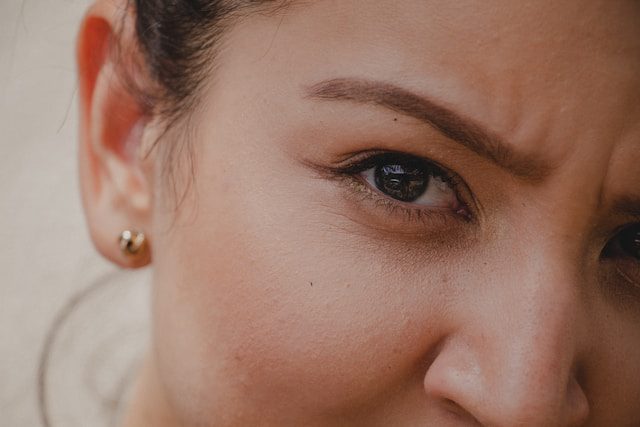As part of our ongoing series on sign languages, we’re taking a closer look at British Sign Language (BSL) and American Sign Language (ASL). While both are rich, fully developed languages with their own unique history, culture, and identity, it’s easy to assume they’re the same—after all, the UK and the US share English as a spoken language. But what about sign language?

You may be surprised to discover that BSL and ASL are completely different languages, each with its own grammar, hand shapes, and origins, making them as different as English and Japanese.
Let’s explore 4 key differences between BSL and ASL.
1. Different Origins
BSL and ASL evolved separately and have different historical influences:
- BSL dates back to the 18th century and developed from a mixture of regional sign systems in the UK. Thomas Braidwood’s School for the Deaf, one of the first Deaf schools in Britain, was instrumental for formalising the language.
- ASL has roots in French Sign Language (LSF), introduced to America in the early 1800s by Laurent Clerc and Thomas Gallaudet. This means ASL shares more similarities with LSF than BSL!
2. Hand Shapes & Fingerspelling
- BSL uses a two-handed fingerspelling system, where both hands form letters.
- ASL uses a one-handed fingerspelling system, similar to LSF.
3. Grammar & Sentence Structure
BSL and ASL do not follow English grammar—they have their own rules:

BSL Structure(Subject-Object-Verb – SOV)
- English: I am going to the shop
- BSL: Shop I go
ASL Structure (Topic-Comment or Subject-Verb-Object – SVO)
ASL often follows Subject-Verb-Object (SVO) order but also uses Topic-Comment structure, where the topic is stated first, followed by additional information.
Example:
- English: I am going to the shop tomorrow.
- ASL: Tomorrow, shop I go.
- (Raised eyebrows on Tomorrow to indicate time reference.)
In ASL, facial expressions and body shifts play a crucial role in meaning. For example, when asking a yes/no question, eyebrows are raised; for a WH-question (who, what, where), eyebrows are furrowed.

4. Use of Mouth Patterns & Non-Manual Features
- BSL uses facial expressions primarily for emphasis, emotion, and some grammar, but it relies more on mouth patterns to mirror English words than ASL does
- ASL is highly facially expressive, using eyebrow movements and body shifts to indicate tone and grammatical aspects like questions. These non-manual signals are grammatically required by ASL. They are not just optional expressions. They change the meaning of signs and help structure sentences.
Regional Differences & Variations
Both languages have regional dialects:
- In BSL, sign variations exist across the UK, with distinct differences between Scotland, England, and Wales.
- In ASL, variations occur between states and even between BASL (used in African American Deaf communities) and standard ASL.
Both ASL and BSL are rich, expressive languages that have evolved over time to meet a wide range of communication needs. With adaptations for all ages—babies, children, and adults—sign language offers accessibility and flexibility for everyone. Stay tuned for our next article, where we’ll explore more about how sign language is used in different settings!
Here are some great resources to get you started: BSL and ASL

